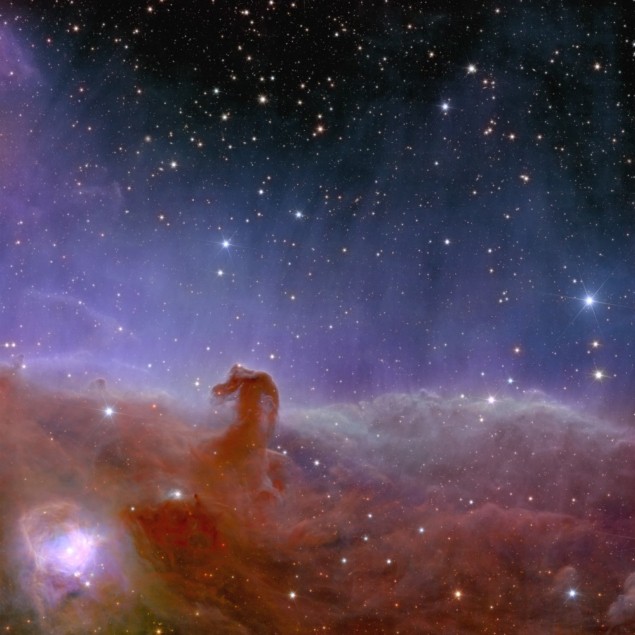
The first full-colour images of the cosmos taken by the €1.4bn Euclid mission have been released today by the European Space Agency (ESA).
The five dazzling images show galaxies, globular clusters and nebulae in incredible detail. The image above is the iconic horsehead nebula, which lies some 1375 light-years away from Earth as part of the constellation Orion.
While other telescopes have taken images of the famous nebula, they are unable to create such a sharp and wide view with just one observation as Euclid is able to. Euclid captured the image above in about one hour.
“Euclid will make a leap in our understanding of the cosmos as a whole, and these exquisite Euclid images show that the mission is ready to help answer one of the greatest mysteries of modern physics,” notes Carole Mundell, ESA’s director of science.
Euclid has a 1.2 m-diameter telescope, a camera and a spectrometer that it will use to plot a 3D map of the distribution of more than two billion galaxies.
The other four images released today are shown below.
Perseus cluster of galaxies
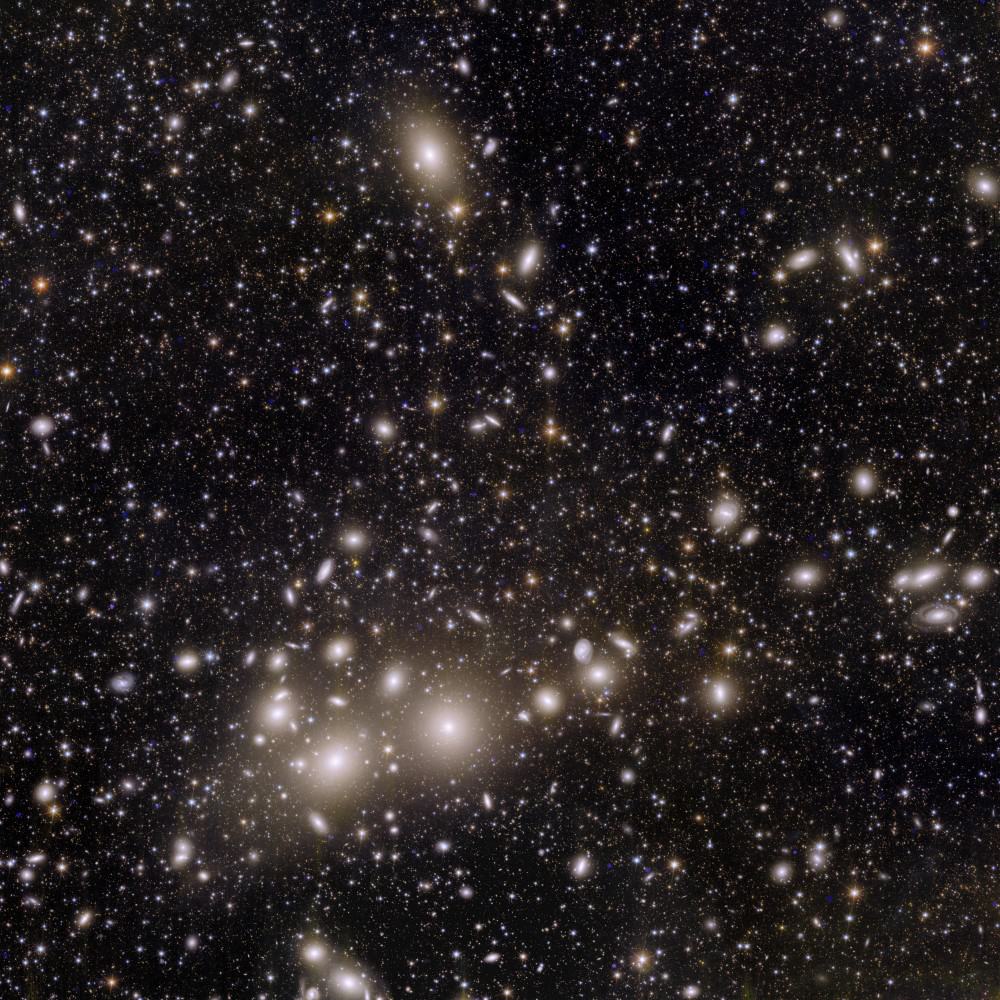
The image shows 1000 galaxies belonging to the Perseus Cluster, which lies 240 million light-year away from Earth. The image also contains over 100,000 additional galaxies further away in the background, which each contain up to hundreds of billions of stars.
Spiral galaxy IC 342
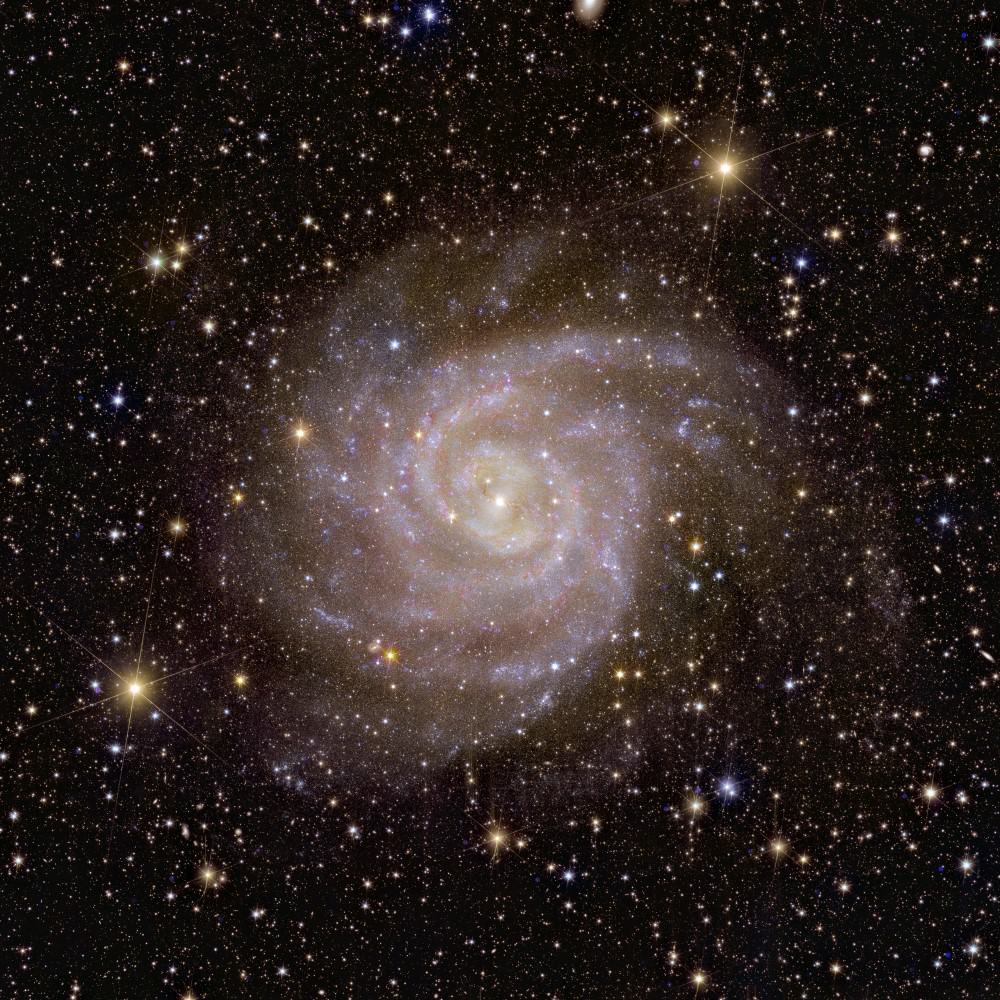
This image is galaxy IC 342, which is also known as the “hidden galaxy”, so called because it is difficult to observe as it lies behind the disc of the Milky Way where dust, gas and stars obscure the view. It is located around 11 million light-years from Earth and as it is a spiral galaxy, is considered a look-alike of the Milky Way.
Irregular galaxy NGC 6822
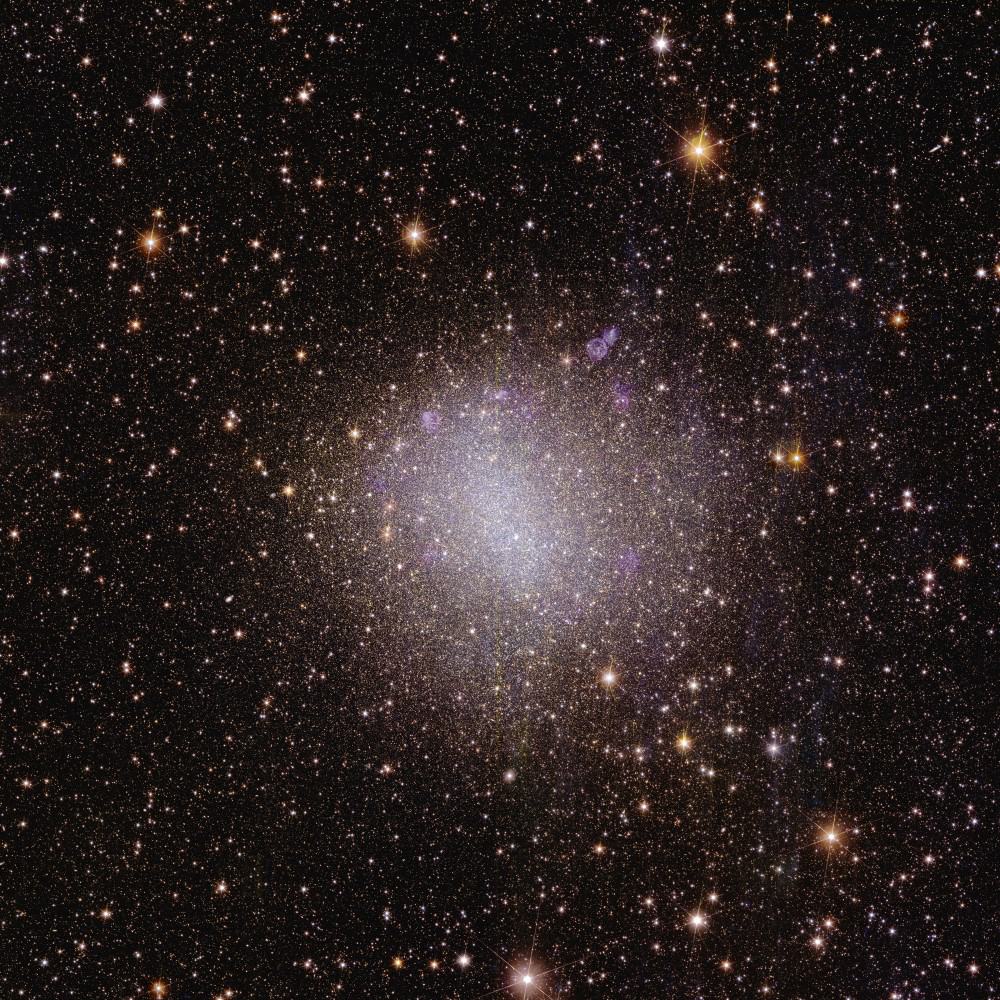
The irregular dwarf galaxy NGC 6822 is located 1.6 million light-years from Earth and is a member of the same galaxy cluster as the Milky Way. The galaxy has been observed recently by the James Webb Space Telescope, but Euclid is the first to capture the entire galaxy and its surroundings in high resolution.
Globular cluster NGC 6397
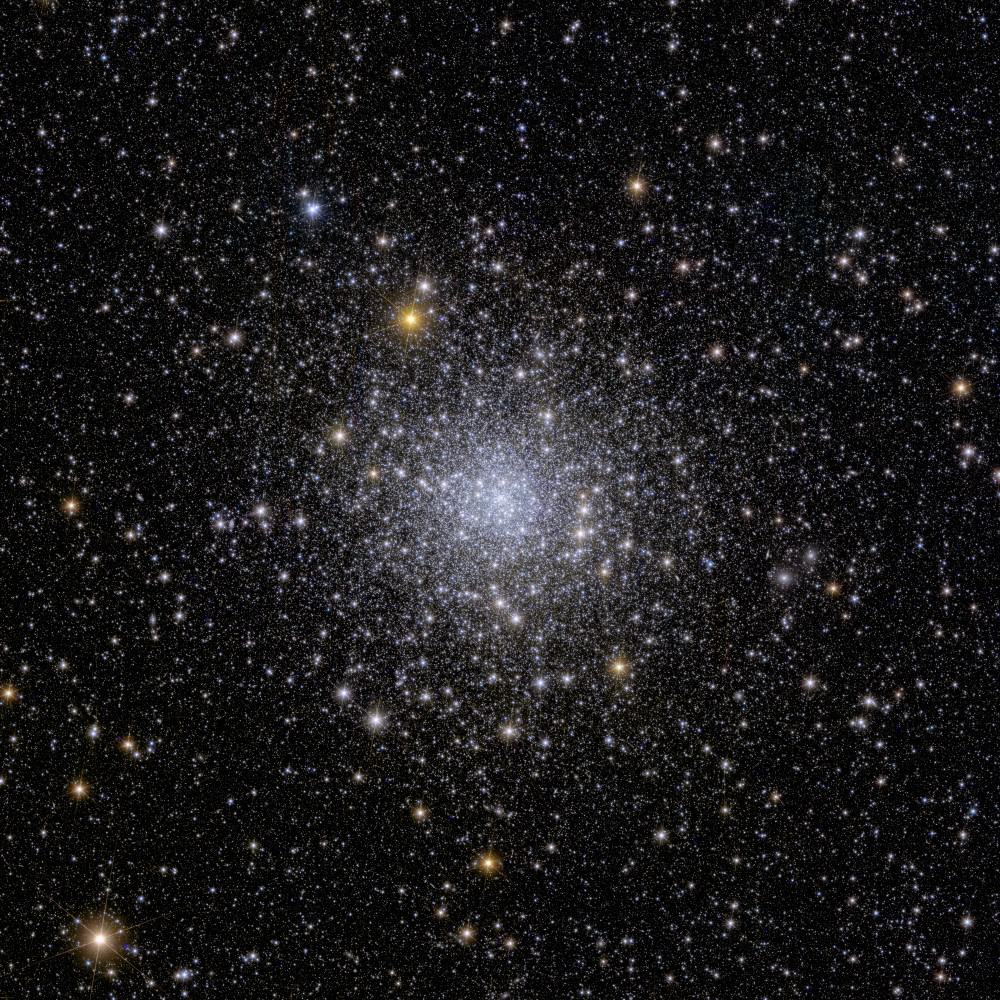
Globular clusters are collections of hundreds of thousands of stars held together by gravity and are some of the oldest objects in the universe. Located about 7800 light-years from Earth, NGC 6397 is the second-closest globular cluster to us.
Next steps
Euclid was launched on 1 July from Florida’s Cape Canaveral Space Force Station and is currently located in a spot in space called Lagrange Point 2 – a gravitational balance point some 1.5 million kilometres beyond the Earth’s orbit around the Sun.
Routine science observations are expected to begin in early 2024 where Euclid will spend the next six years studying the large-scale structure of the universe, creating the largest cosmic 3D map ever made, with the aim of understanding how the universe evolved following the Big Bang.
- SEO Powered Content & PR Distribution. Get Amplified Today.
- PlatoData.Network Vertical Generative Ai. Empower Yourself. Access Here.
- PlatoAiStream. Web3 Intelligence. Knowledge Amplified. Access Here.
- PlatoESG. Carbon, CleanTech, Energy, Environment, Solar, Waste Management. Access Here.
- PlatoHealth. Biotech and Clinical Trials Intelligence. Access Here.
- Source: https://physicsworld.com/a/european-space-agencys-euclid-mission-takes-its-first-dazzling-images-of-the-cosmos/
- :has
- :is
- :where
- $UP
- 000
- 1
- 100
- 11
- 2024
- 3d
- 7
- a
- Able
- About
- above
- Additional
- agency
- aim
- also
- and
- answer
- ARE
- around
- AS
- away
- background
- Balance
- because
- been
- begin
- behind
- belonging
- below
- Beyond
- Big
- Big Bang
- Billion
- billions
- but
- by
- called
- camera
- cape
- capture
- captured
- click
- Cluster
- collections
- considered
- contain
- contains
- Cosmos
- craft
- create
- Creating
- Currently
- detail
- difficult
- Director
- distribution
- Dust
- each
- Early
- earth
- Entire
- ESA
- European
- European Space Agency
- EVER
- evolved
- expected
- exquisite
- famous
- First
- five
- following
- Force
- four
- from
- further
- Galaxies
- Galaxy
- GAS
- gravitational
- gravity
- greatest
- Have
- Held
- help
- High
- hour
- How
- HTTPS
- Hundreds
- iconic
- image
- images
- in
- incredible
- information
- issue
- IT
- ITS
- james
- James Webb Space Telescope
- jpg
- July
- just
- just one
- known
- large-scale
- largest
- launched
- Leap
- lies
- located
- made
- make
- map
- max-width
- member
- Milky way
- million
- Mission
- Modern
- more
- Nebula
- next
- Notes
- objects
- observation
- observe
- of
- oldest
- on
- ONE
- open
- Orbit
- Other
- our
- over
- part
- Physics
- Physics World
- plato
- Plato Data Intelligence
- PlatoData
- Point
- processing
- ready
- recently
- released
- Resolution
- s
- same
- Science
- seen
- sharp
- show
- shown
- Shows
- SIX
- So
- some
- Space
- Space Force
- spend
- Spot
- Stars
- structure
- Studying
- such
- Sun
- taken
- takes
- telescope
- telescopes
- than
- that
- The
- These
- they
- thousands
- thumbnail
- to
- today
- together
- true
- two
- unable
- understanding
- Universe
- us
- use
- View
- was
- Way..
- which
- whole
- wide
- will
- with
- world
- years
- zephyrnet













